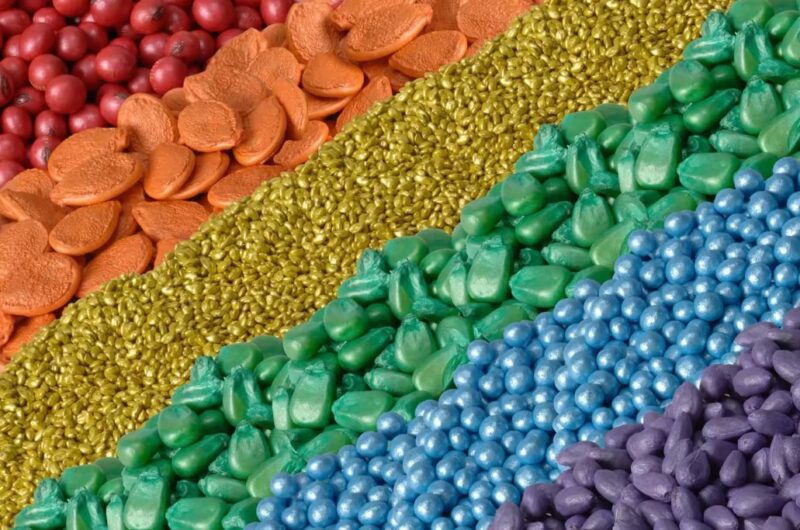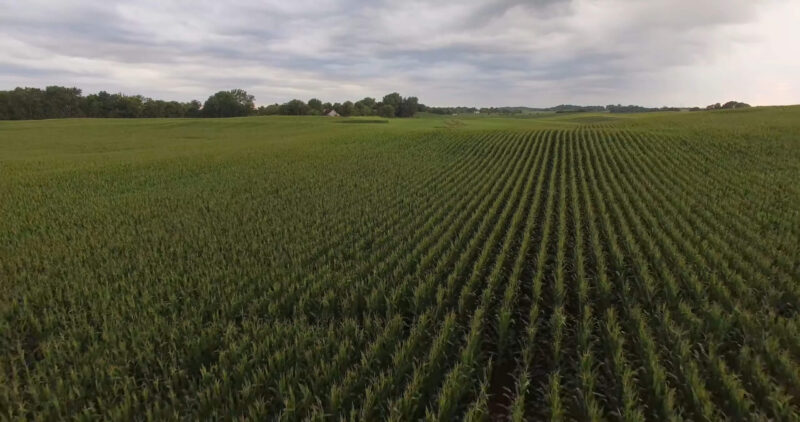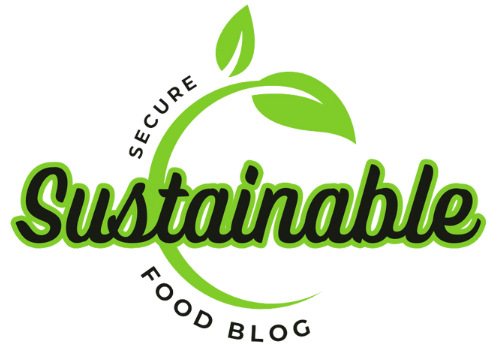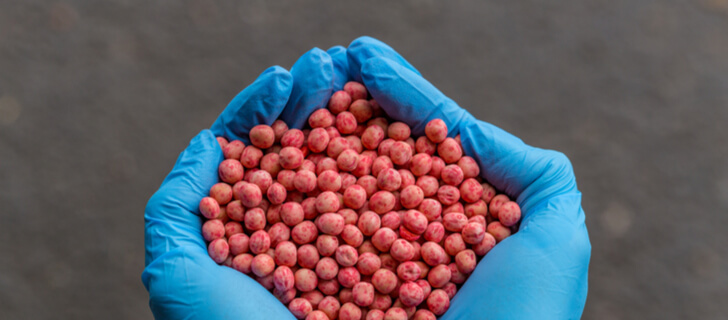Seed treatment is an important part of modern agriculture, playing a vital role in crop protection and yield enhancement. This article provides information on seed treatments, exploring their importance and focusing on types and application methods.
Importance in Modern Agriculture
They are essential for maximizing crop yields and ensuring food security. Treatments protect seeds from diseases and pests during germination, which contributes to the growth of healthier, robust plants.
This benefit is particularly significant for regions with difficult growing conditions. Treatments can mean the difference between a successful harvest and crop failure when environmental stresses are higher. By providing an early defense, seeds are better equipped to develop in challenging soils and weather.
Types of Seed Treatments

Chemical Treatments
The most prevalent type is chemical treatment. They involve applying fungicides, insecticides, and sometimes micronutrients to seeds. These chemicals are carefully selected to target specific pathogens and insects that threaten seeds and seedling development. While effective, there is ongoing discussion around their environmental impacts.
Biological Seed Treatments
Biological treatments utilize natural organisms or their byproducts to protect seeds. This includes beneficial bacteria, fungi or plant extracts. They are growing in popularity due to their environmentally friendly nature and ability to also enhance plant nutrition uptake and growth.
Biological treatments align with the movement toward more sustainable agriculture practices.
How do Treatments Work?
Treatments protect seeds by making a shield around them. Chemicals chase away or kill germs and bugs targeting the seed. Natural treatments may outdo harmful organisms hoping to invade. The defenses stay strong as seeds sprout, guarding the young plant from problems so it can take root securely.
The way treatments get applied differs depending on what’s being used and the crop. Some go directly on seeds as a coat of protection. Others make the seed the center of a pellet that keeps watch over it. How much treatment is key. Too much is wasted materials, too little misses problems.
Benefits of Treatments

Seed treatments can significantly improve germination rates and seedling vigor. By protecting seeds from pathogens and pests, more seeds are able to successfully sprout and develop into healthy plants. This benefit is particularly valuable for crops susceptible to diseases or insects that could otherwise destroy seeds.
Reduced Need for Foliar Pesticides
One of the key advantages of seed treatments is a reduced dependence on foliar pesticides later in cultivation. As seeds are initially protected from threats, crops may not require as much spraying in the field.
This lowers production costs while also decreasing the environmental footprint through reduced pesticide usage. Stronger seedlings are less vulnerable to infestations requiring intervention.
Conclusion
Seed treatments are a vital component of modern agriculture, offering protection to seeds and young plants, enhancing crop yields, and contributing to global food security. As we move forward, the focus will be on developing safer, more sustainable treatment methods that align with environmental conservation goals while continuing to support agricultural productivity.

